North winds and dry conditions persisted Monday (May 10) giving us an opportunity to conduct prescribed burns at p10, our experimental plot at West Central Area High School. In addition to being a home to 1400 coneflower plants and Amy W.’s gene flow experiment, these plots serve as an excellent educational resources for John VanKempen, high school science teacher at WCA and long-time member of Team Echinacea. John established an experiment in which each of the twelve 8 x 10 m plots is burned during spring, fall, or not at all. This will help us understand how fire affects the survival of Echinacea seedlings. John also uses these plots as a teaching resource for high school students at WCA.
Because this burn was conducted within Barrett city limits, John needed to get special permission from the mayor and fire chief. Plus members of the volunteer fire department needed to be present. So we met up with Jenny and DJ (from Barrett’s volunteer fire department) as well as TJ and Braeden (from Hoffman’s volunteer fire department). Before burning, Stuart, John, and I chatted with members of the volunteer fire department (who included several of John’s former students!). It was a great opportunity for us to learn from community members about their experiences with prescribed burns and their knowledge of prairies. For example, DJ owns a parcel of prairie just a little outside Barrett that was passed down from his father. TJ works for the DNR’s roving burn crew based in Elbow Lake. Talking with members of the fire department also gave us an opportunity to share a little more about the science behind why we conduct prescribed burns. We also shared information about the Echinacea Project’s research in west central Minnesota investigating how fire benefits native prairie plants as well as the diversity of insects, birds, and other species that call Minnesota’s tallgrass prairie home.
Oh and of course we partnered up with these local firefighters to burn 8 prairie plots! With dry fuel conditions and pretty heavy fuel in spots, we laid down wet lines and ignited a backing fire that moved slowly against the wind. In plots with primarily warm-season grasses, we secured the downwind (south) break and ignited down the east and west flanks before lighting a head fires that went screaming across the dry big bluestem. For plots with few warm season grasses and lots of brome, we chose to use exclusively backing fire in hopes of setting back the brome and achieving a consistent black across the entire plot. This technique worked well to achieve the desired result.
The final burn unit encompassed 3 adjacent experimental plots. The northernmost of these plots had dense big bluestem. We expected the fuel in this plot and gentle slope would produce quite a head fire. The plot did not disappoint. Members of local volunteer fire departments and the Echinacea Project worked together to secure the downwind fire break and blacken the downwind third of the burn unit consisting of three adjacent experimental plots. Once we had sufficient black and the east and west flanks of the unit were secured, we ignited a spectacular head fire that burned through the dense stand of big bluestem in less than a minute.
Thanks to Jenny and DJ from the Barrett volunteer fire department as well as TJ and Braeden from the Hoffman fire department for helping us conduct prescribed burns at the high school and sharing their experiences about fire and prairies in western Minnesota!
Temperature: 52 F
Relative Humidity: 24%
Wind Speed: 10 mph
Wind Direction: NE
Ignition time: 4:50 PM
End time: 6:12 PM
Burn Crew: Jared, Stuart, John, Jenny, DJ, TJ, Braeden

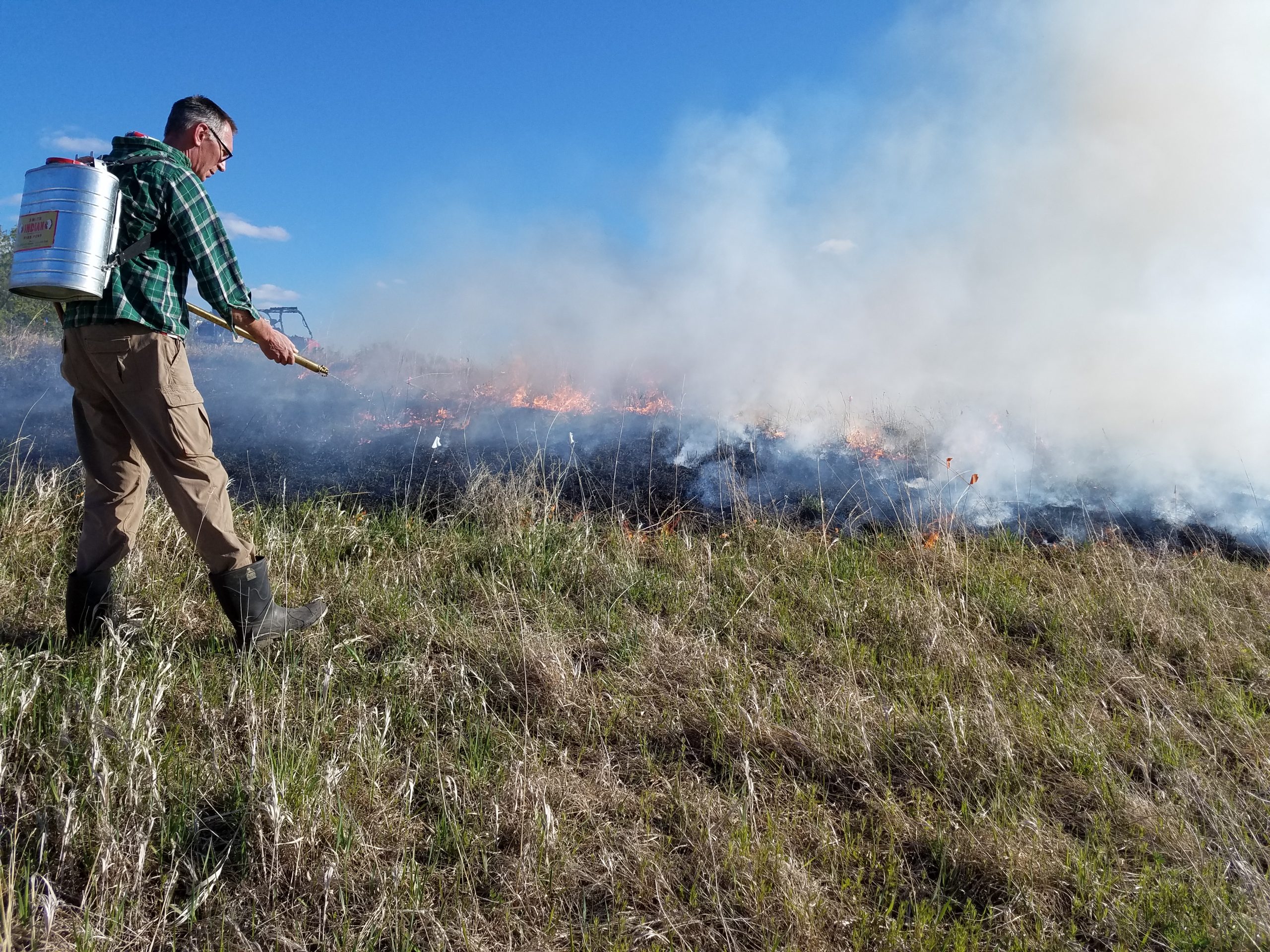
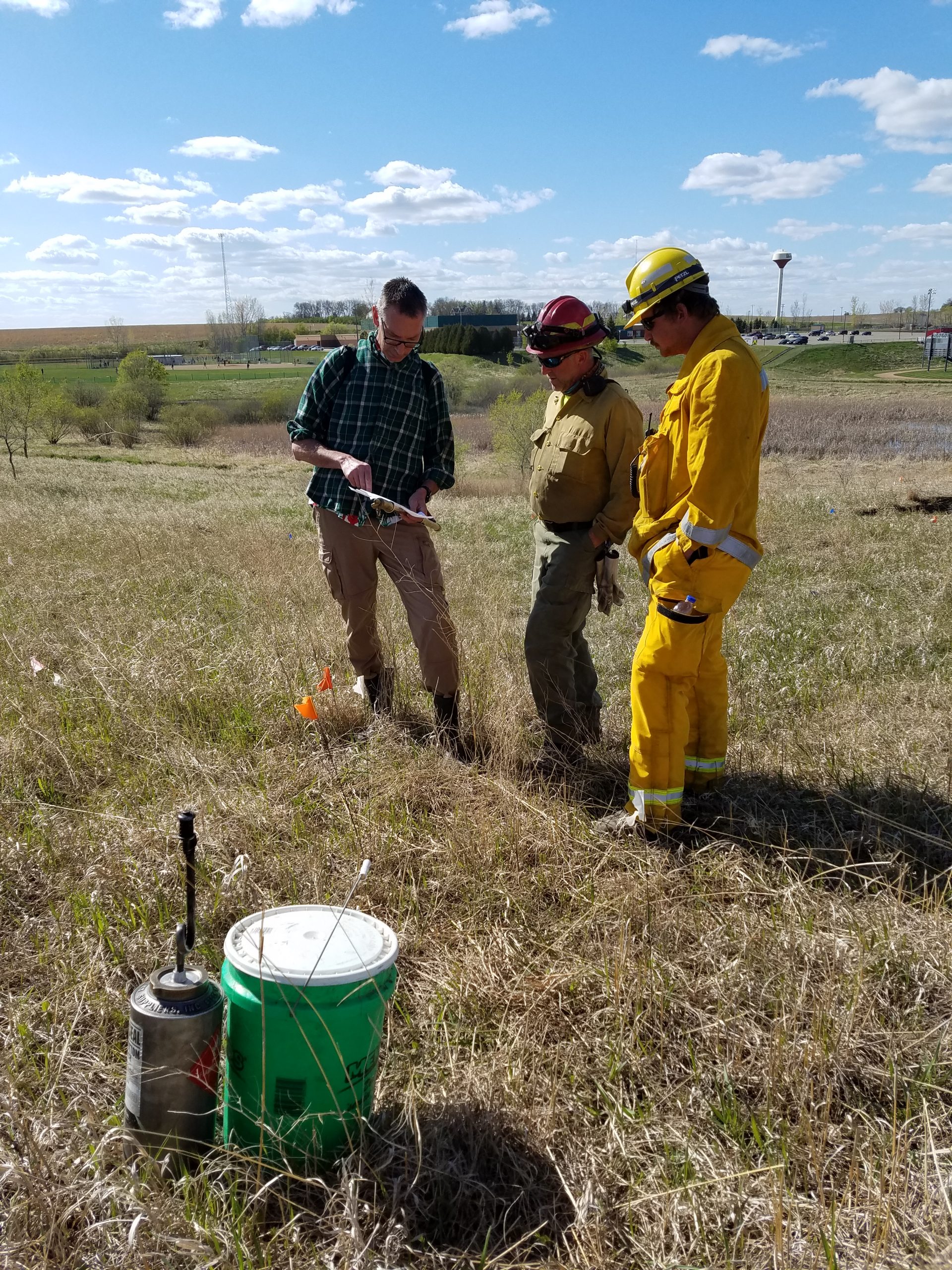
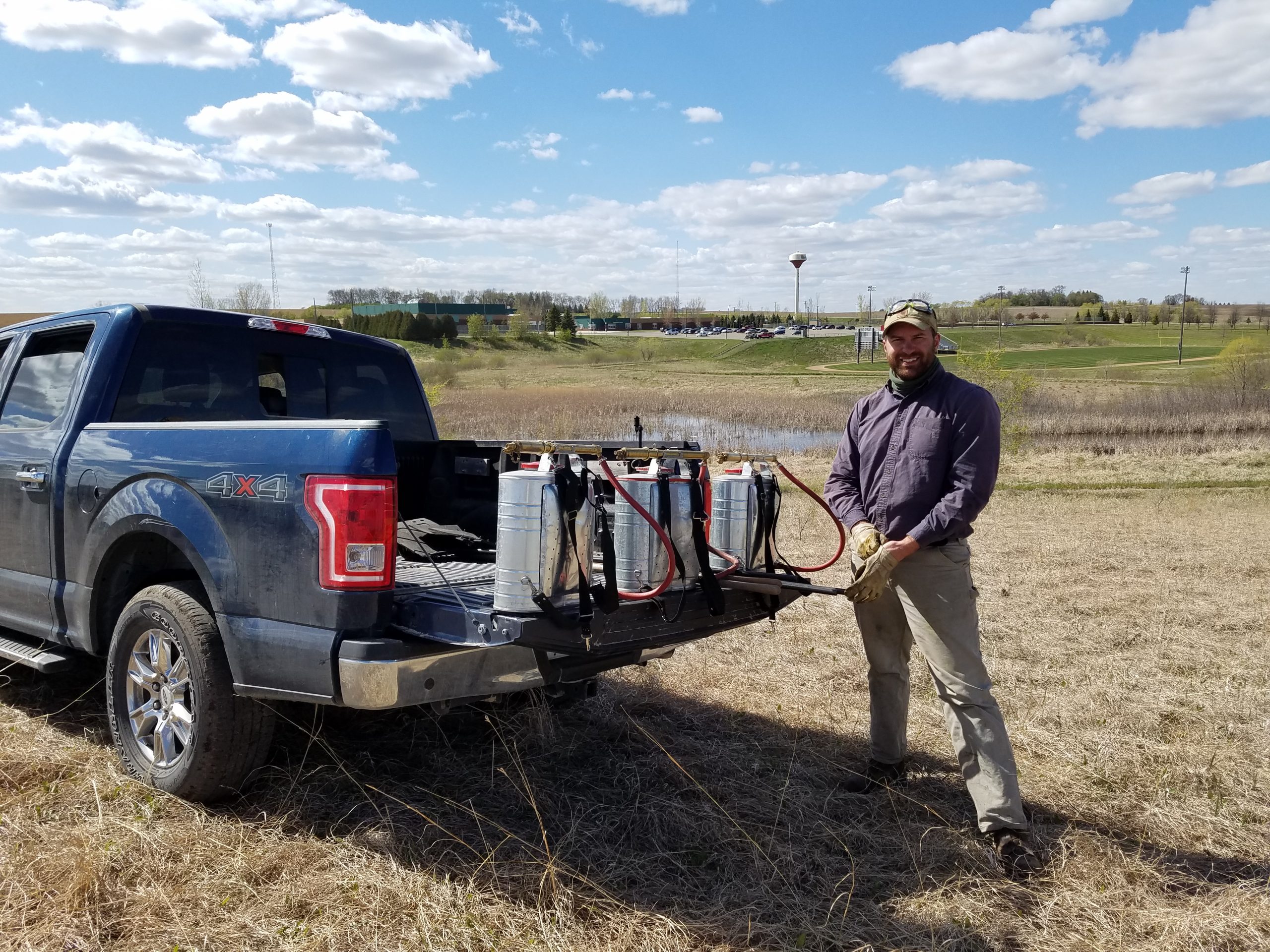


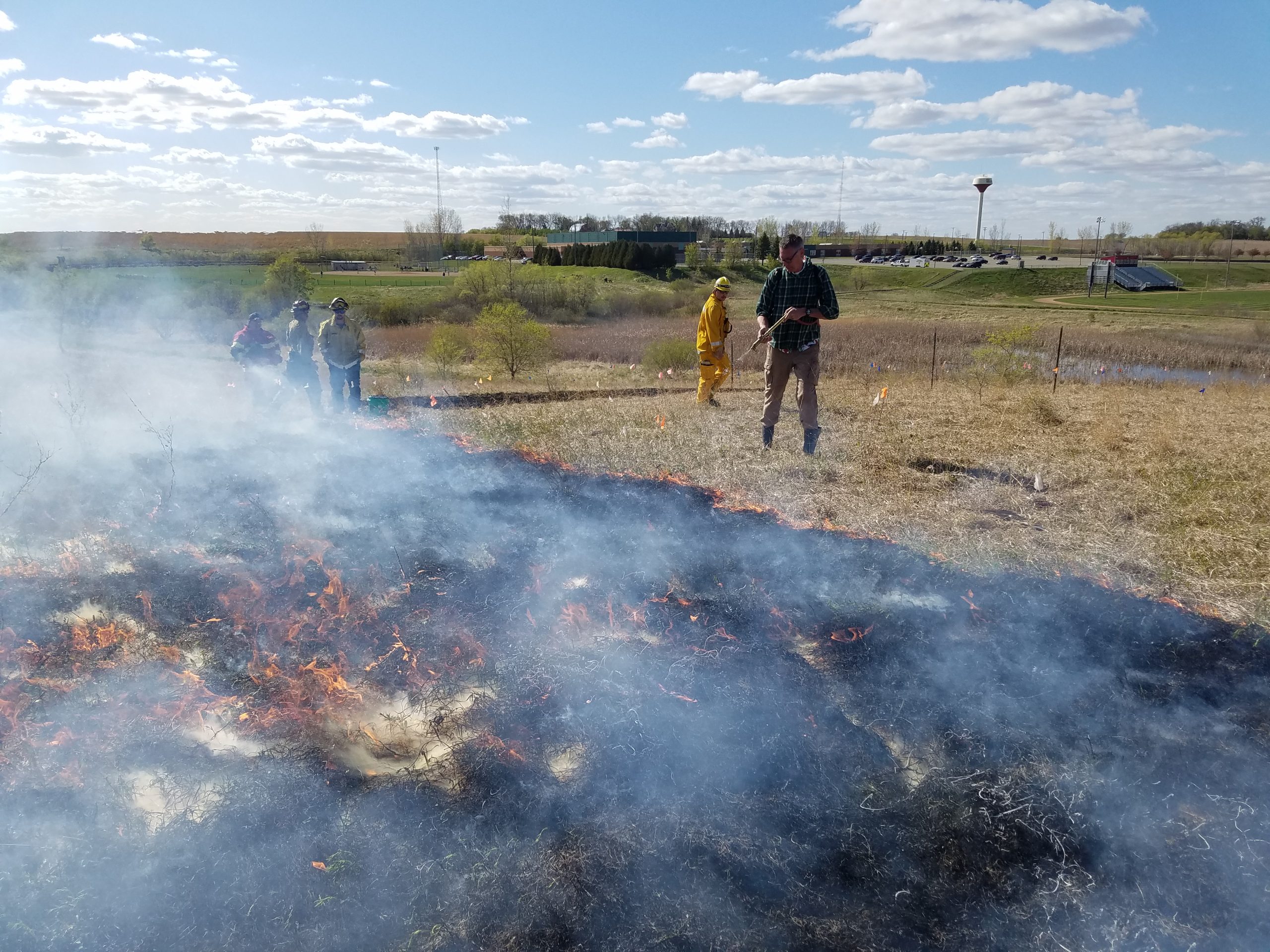
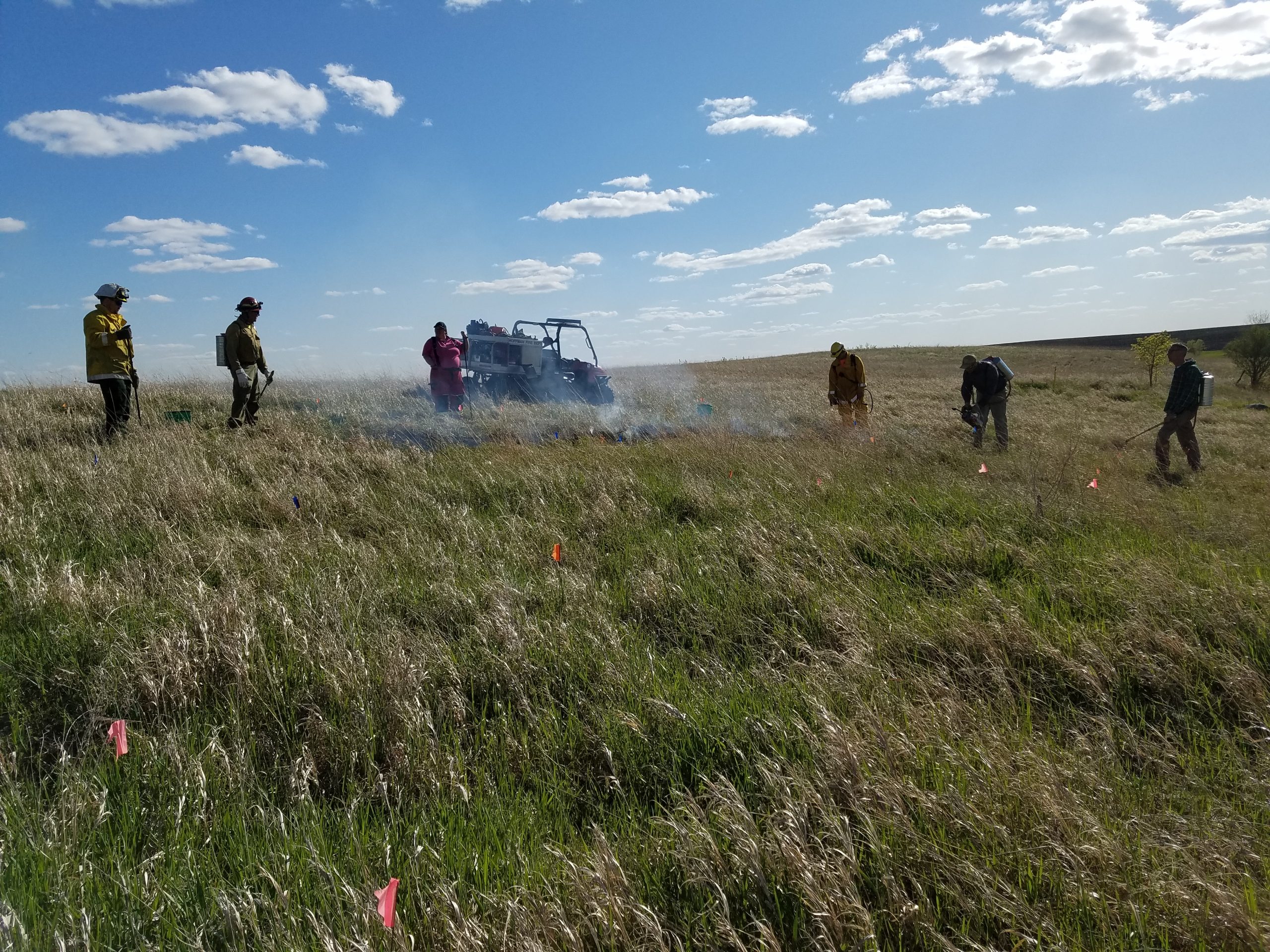
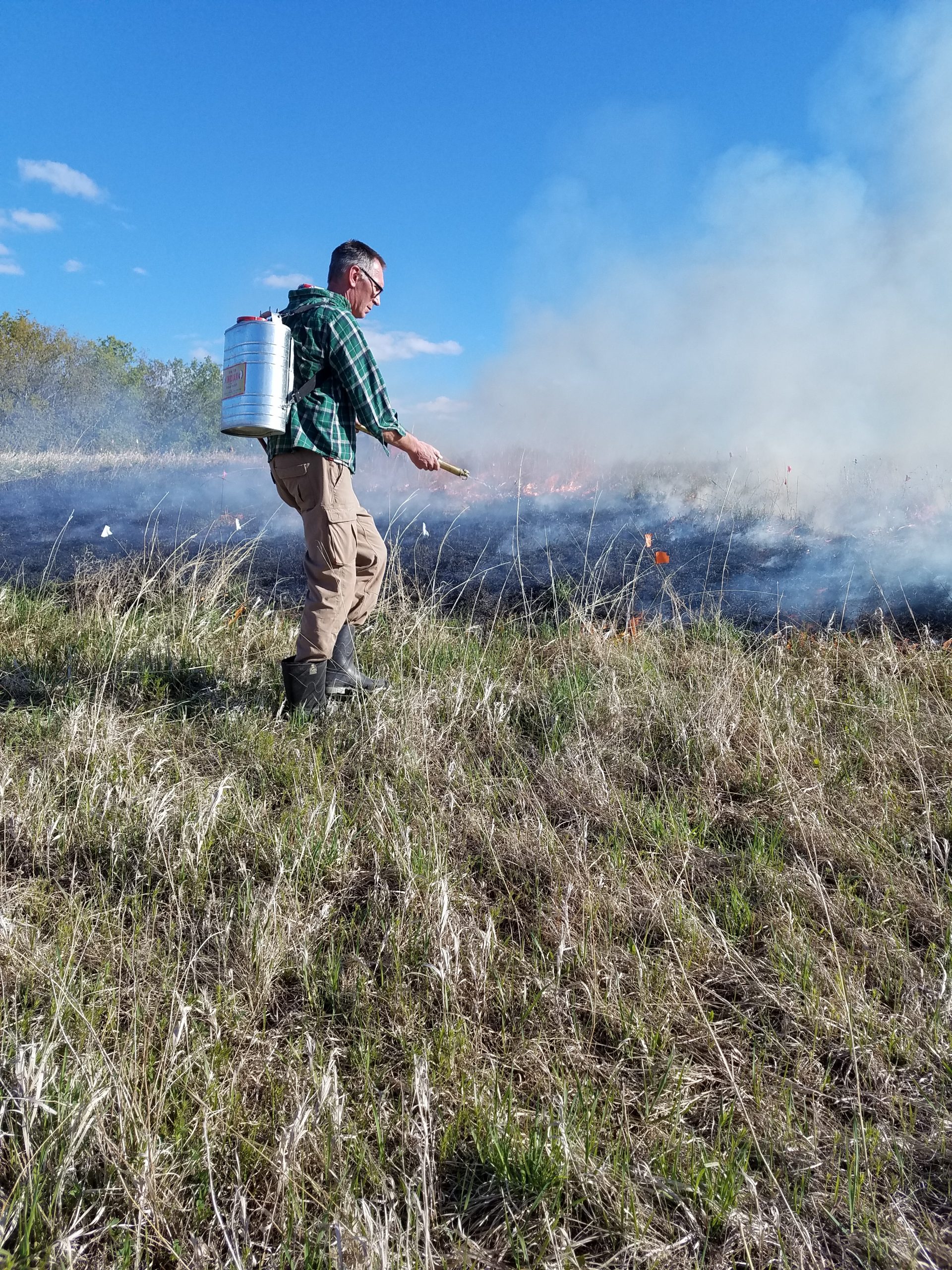
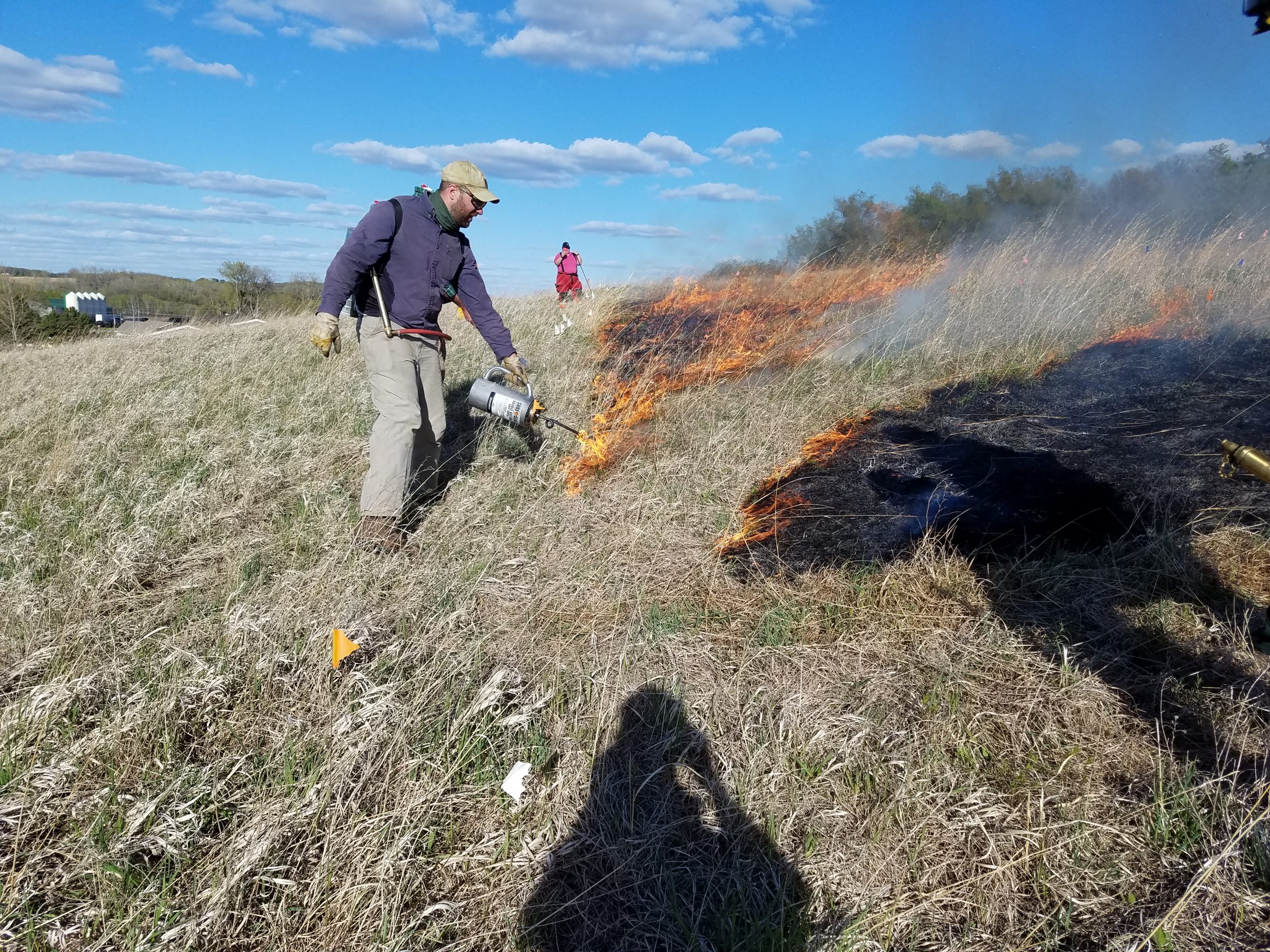
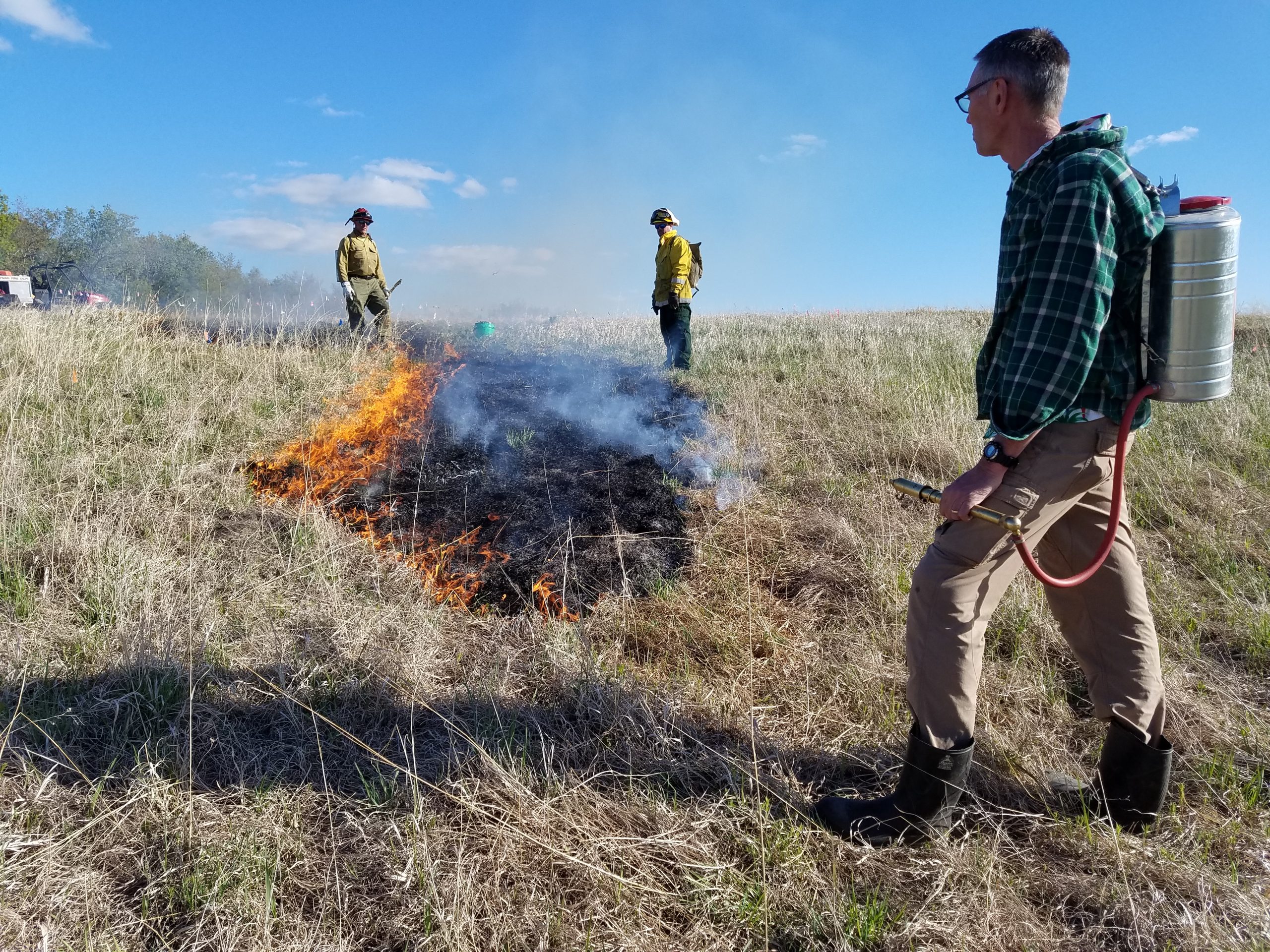
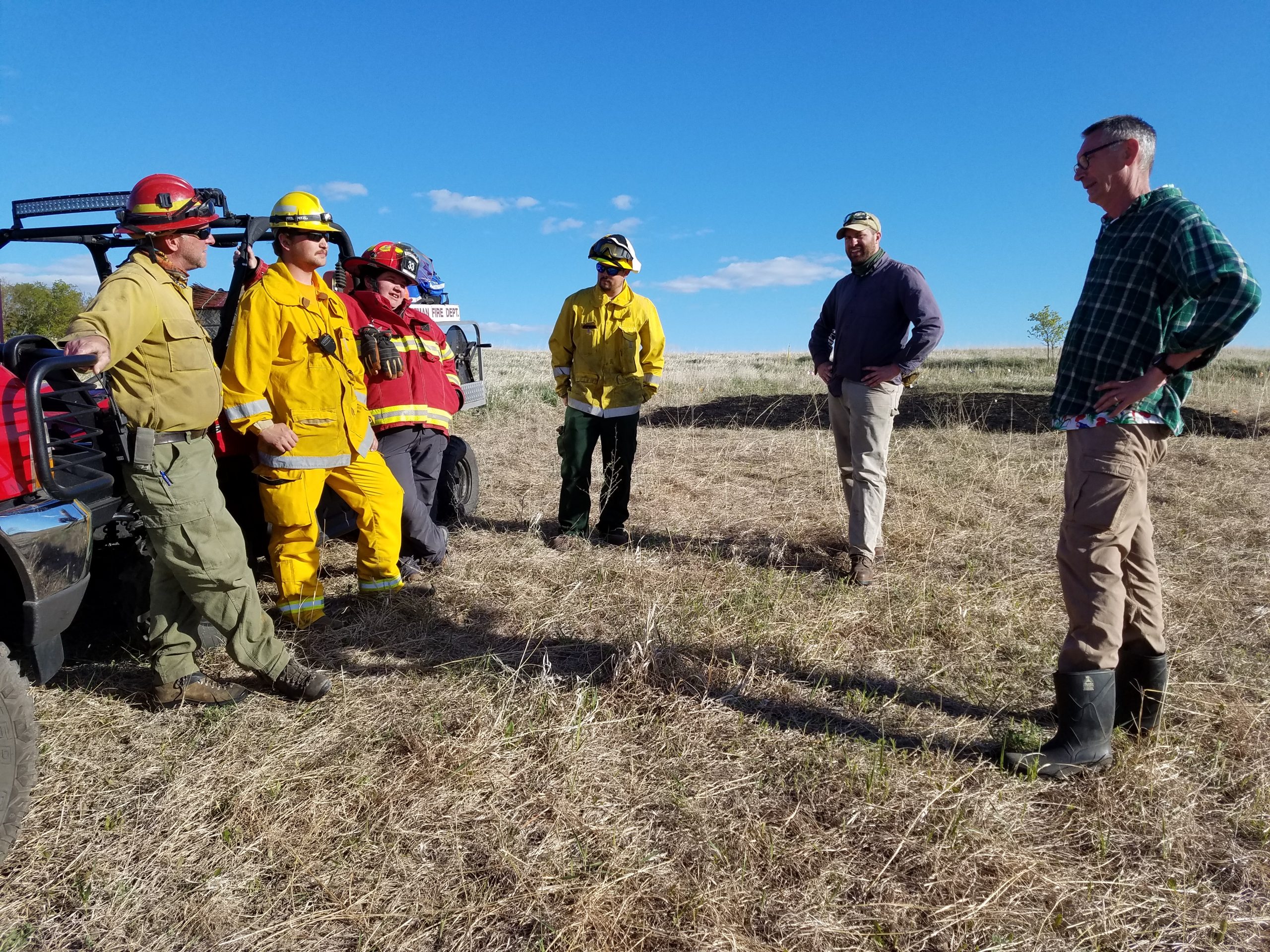
Leave a Reply